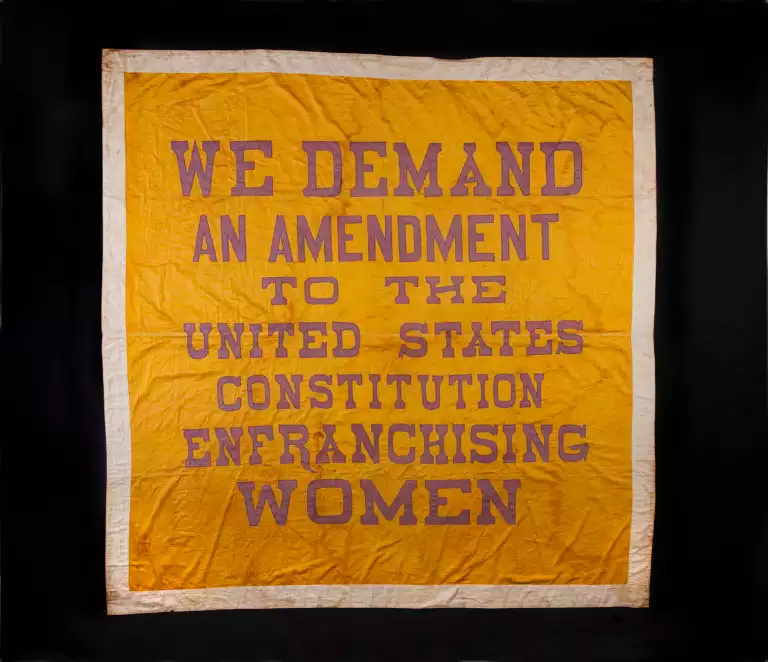
In 2017, Smithsonian Magazine released an article interpreting a National Women’s History Museum study on the representation of women in school social studies standards in all 50 states and Washington, D.C. Building on the study, the magazine found that the standards mentioned three men for every one woman—of which 55% were named only once. Domestic roles dominated the discussion of women in the standards, accounting for 53% of mentions.
Even more recently, a 2021 study in the journal Psychological Science analyzed nearly 250 children’s books for gendered language. The study found that the books more frequently used gendered language with female protagonists and portrayed them as passive; it also found that these characters were more often associated with “family, language, and arts, and male characters with careers and math.”
These sorts of studies, just two of many examples, serve as a reminder of the power of language, culture, and education in shaping understandings of sex and gender, as well as how far we have to go to make those understandings more inclusive and equitable. Observing Women’s History Month is just one way to further that effort. While women’s history is relevant year-round, March offers an opportunity to focus efforts to explore the stories and perspectives of women, past and present.
As is the case with many, if not all, days and months designated to highlight the experiences of historically marginalized people, what we now know as Women’s History Month can be traced to grassroots efforts. In the 1970s, advocates’ efforts to organize an annual observance of women’s history in the United States gained traction. Organizers selected March for the observance to correspond with International Women’s Day, which dates to 1910. In the 1980s, responding to advocacy from the non-profit organization National Women’s History Project (now known as the National Women’s History Alliance), a combination of Congressional resolutions and presidential proclamations designated an annual Women’s History Week. Congress selected March as Women’s History Month in 1987 and renewed this observance annually until 1995 when yearly presidential proclamations replaced the Congressional resolutions. The U.S. president has announced March as Women’s History Month every year since.
The library has created a resource guide to mark Women’s History Month and encourage further learning after the month concludes. The guide highlights educator tools and identifies books and films related to women’s history. You’ll also find information on programs at the library, including a March 30 author talk highlighting Constance K. Escher’s new biography of Betsey Stockton, a missionary and educator who was born in Princeton as an enslaved woman and later manumitted. Stockton’s work took her as far as Hawaii and Canada before landing her back in Princeton, where she helped found what is now known as the Witherspoon Street Church. Click here for more information.
by Madeleine Rosenberg
